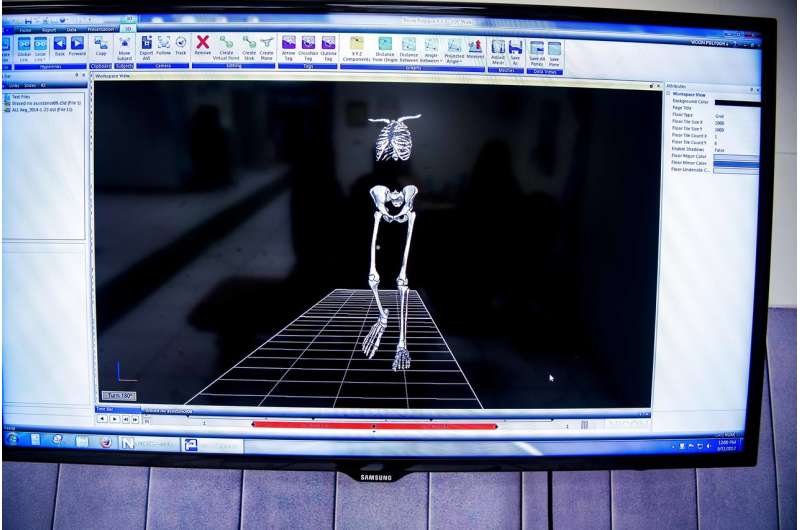Investigator at CHLA to study bone loss associated with cerebral palsy

Cerebral palsy (CP) is the most common physical disability originating in childhood. Approximately 2 of every 1000 babies born acquire this condition that results from abnormal development or damage to the brain. Since CP affects a child's ability to control his or her muscles, physical activity can be difficult or even impossible. Since physical activity is required for mechanical loading that allows the muscles to exert stress on the bones and cause increased bone development, individuals with CP often have low bone mass or "weak bones" and a greatly increased risk of bone fracture.
Depending upon the severity of their condition, children with cerebral palsy may be able to walk independently, walk using assistive device like crutches or walkers, or may not be able to walk at all. While children with severe cerebral palsy generally have low bone mass and a greatly increased risk of fracture, little is known about the extent of bone deficits in ambulatory individuals with cerebral palsy, who represent the majority of people with the condition.
Tishya Wren, Ph.D., a biomedical engineer and director of Research for the Children's Orthopaedic Center at Children's Hospital Los Angeles, has been awarded $2.3 million to learn more about ambulatory children and adults with CP. The study is funded by the Eunice Kennedy Shriver National Institute of Child Health and Human Development, of the NIH.
"We will be following both children and adults with cerebral palsy, since we want to know more about the trajectory of bone deposition and then, bone loss, over the lifespan," said Wren, who is also an associate professor of pediatric orthopaedics at the Keck School of Medicine of USC.
148 ambulatory children and adults with CP will undergo a rigorous assessment that includes a physical exam, functional and dietary assessment, activity monitoring, gait analysis, musculoskeletal modeling, and DXA and QCT imaging. Analyses will be repeated at 1 year and 2 years after initial assessment.
Results of the study will be used to determine which ambulatory individuals with CP are at highest risk for developing osteoporosis. The study will also identify critical periods for intervention and guide the future design of interventions aimed at maximizing and maintaining bone strength in people with CP.
"We need to know more about what happens to people with disabilities as they age," said Wren. "A few decades ago, our goal was to just keep them alive. Now we are able to do that. Our goal now is to make sure that their quality of life is a good as it can be."


















